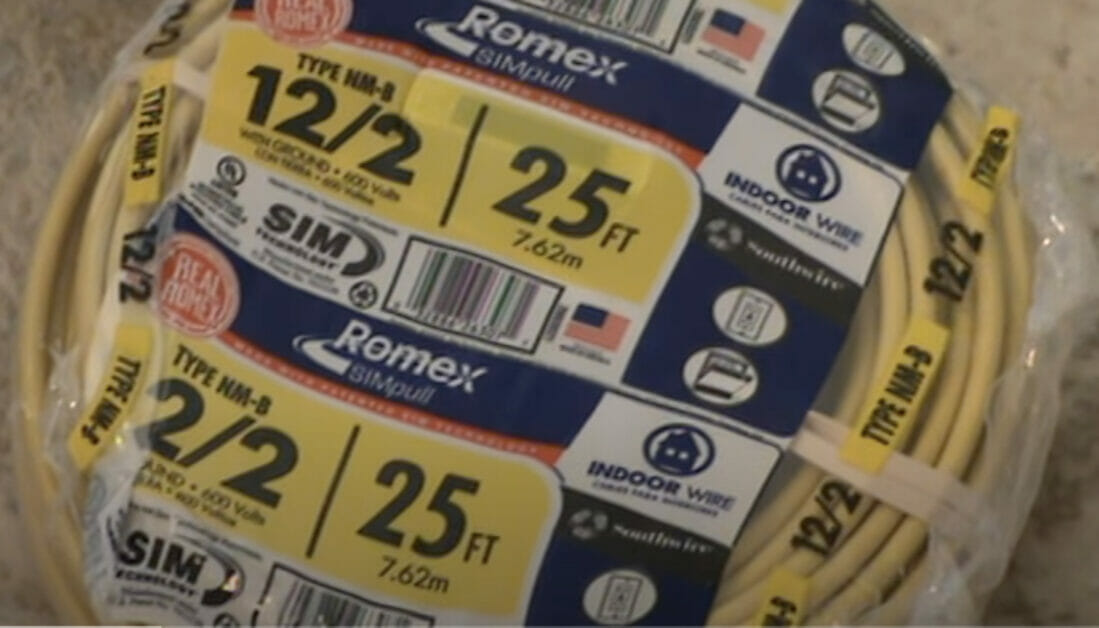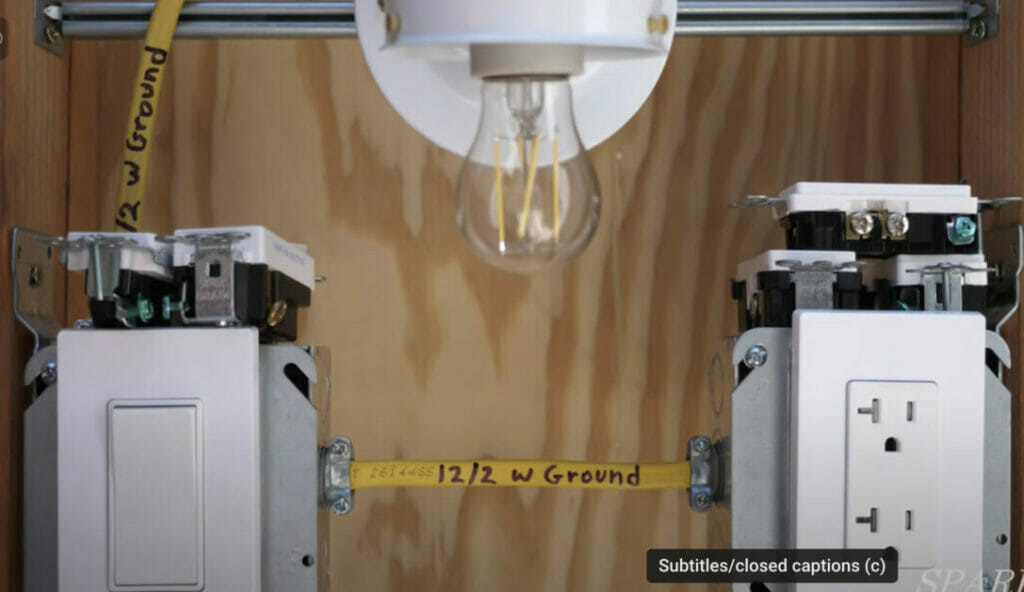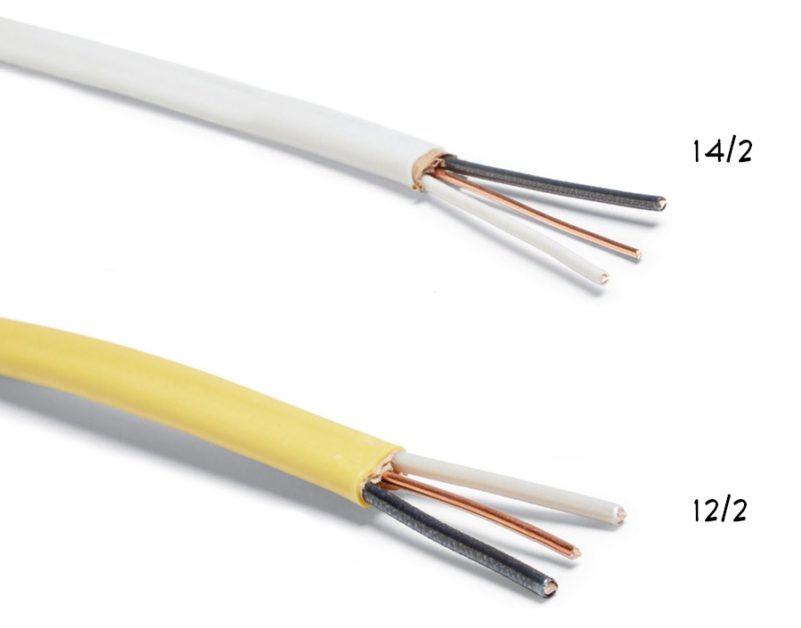Can You Use 12/2 Wire for Outlets?

If you’re wondering whether you can use 12/2 gauge wire for outlets, the answer is that you usually can.
12/2 wire is fine to use with either a 15-amp or 20-amp circuit. It can be used safely for general and light loads and more powerful appliances. However, 14/2 wire would be cheaper and generally more suitable for 15 amps, and 12/2 wire should only be used in circuits with no more than 20 amps of current. But if the wire is long, a 12/2 wire on a 15-amp circuit can minimize the voltage drop.
I will go into more detail below.
12/2 Gauge Wire

12/2 gauge wire consists of two conductors and can carry up to 20 amps of current.
The next thinner and cheaper option – 14/2 wire is only safely suitable for more general-purpose and lighter 15-amp circuits.
12/2 wire can carry more current. This makes it more suitable for appliances requiring a 20-amp circuit breaker.
Here is a summary of the key differences:
| 12/2 Wire | 14/2 Wire | |
| Diameter | 0.08” (~2mm) (thicker) | 0.06” (~1.6mm) (thinner) |
| Maximum current | 20 amps | 15 amps |
| Suitable for | Refrigerators, boilers, dishwashers, air conditioners, power tools, and other appliances that require higher current | Lighting and other general loads |
| Price | More expensive | Cheaper |
Two important things to note:
- Since the 12/2 wire is thicker (than the 14/2 wire), it is harder to bend around corners and snake through openings.
- Just because you can use thicker 12/2 wire on a 15-amp circuit doesn’t automatically mean that you can use larger appliances or power tools.
12/2 Wire for Outlets

Suitability
A 12/2 gauge wire is fine for a 15-amp circuit and can be used on a 20-amp circuit, but not more.
A 12/2 wire is versatile because it can be used on either a 15- or 20-amp circuit. But the circuit breaker will likely keep tripping if you try to use it on a circuit larger than 20 amps. For example, a 30-amp circuit will require a 10-gauge wire instead.
Although 14/2 wire is more common for 15-amp circuits, some choose thicker 12/2 wire instead so that the circuit can be upgraded later to a 20-amp circuit without the need for rewiring.
Another advantage of using a 12/2 wire instead of 14/2 is that thicker wire prevents excess voltage drop over long distances.
So unless the wire run is very long, a 14/2 wire is sufficient for a 15-amp circuit, as it is cheaper than a 12/2 wire.
Number of Outlets
If you want to know how many outlets you can install using 12/2 wire on the same circuit, a general rule of thumb is 1.8-2 amps per receptacle (or a maximum of 1.5 amps).
So this means:
- 8 (or max 10) receptacles on a 15-amp circuit (so four outlets if you have two receptacles on each outlet);
- 10 (or max 13) receptacles on a 20-amp circuit (so five outlets if you have two receptacles on each outlet).
The standard recommendation considers that you should use no more than the 80% current threshold and not exceed the maximum.
Video References
VideoJoeShows
Sparky Channel
